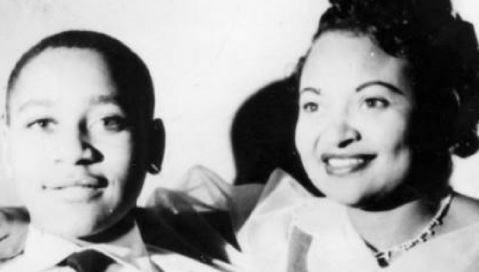False Accusations by White Women Still Harm Black Men
A behavior pattern shaped by history, reinforced by society, and still dangerous today.
There is a pattern that keeps showing up in American history, and it deserves our full attention.
A white woman says a Black man did something inappropriate or threatening, often something sexual. People believe her. The man suffers the consequences.
Sometimes those consequences are deadly.
The accusation makes headlines. Sometimes the truth comes out later. Sometimes it never does. But the damage is done, and then it happens again.
This is not just a series of isolated incidents. It is a well-established behavioral pattern. And in behavior analysis, patterns have explanations. They are shaped by history, maintained by reinforcement, and encouraged by the environment in which they occur.
This is not an excuse for harmful behavior. It is a way to understand how the behavior got there in the first place, why it continues, and how we can change it.
How behavior gets shaped
No one is born looking to make false accusations. Behavior is learned.
White women in America have a long learning history that teaches this: if you feel scared, ashamed, exposed, or even just inconvenienced, blaming a Black man can shift the attention and reduce the pressure. It can remove blame from you. It can keep you safe, even if it puts someone else in danger.
That is a powerful reinforcer.
Most white women do not learn this directly. It is passed along quietly, through social cues, family stories, media portrayals, schoolbooks, and news coverage. The lesson is that society will believe you, defend you, and protect you, even if your story is thin. Especially if the person you are accusing is Black.
When someone learns that a behavior results in safety, support, or sympathy, that behavior is more likely to happen again. That is how reinforcement works. When there are no meaningful consequences for lying, and there are social rewards for doing it, the behavior becomes durable.
It sticks. And it spreads.
It is not just history
People often point to Emmett Till as the most well-known example. He was fourteen years old when a white woman accused him of making sexual advances. He was brutally murdered. She later admitted she had lied, but she was never held accountable.
That story is horrifying, and it should stay in our memory. But it is not the only one.
Think of the Central Park Five. Five Black and Latino boys were accused of attacking a white jogger. They were interrogated, coerced, and imprisoned. Years later, the real attacker confessed. Their lives were already changed forever.
There are also countless cases where Black men have been arrested, fired, expelled, or killed based on a white woman saying she felt “uncomfortable” or “unsafe.” Those words carry enormous weight when they come from someone who has been socially conditioned to be seen as pure, vulnerable, and honest.
And when the system is set up to believe you before asking questions, that becomes part of the reinforcement structure too.
Why it keeps happening
It continues because it works.
In a society that prioritizes white feelings over Black lives, white women’s discomfort is treated like a crisis. Black men’s fear is treated like a threat. That contrast has been reinforced for centuries.
Many white women have not been taught to see this clearly. They may not realize how much power they hold or how dangerous it can become when used without reflection. Most would never say they are trying to harm someone, but behavior is not defined by intent. It is defined by impact and by history.
The truth is that these patterns remain in place because they are still getting reinforced. They are still producing results for the people who use them.
So what can be done?
The first step is to stop pretending this is about a few isolated incidents. This is a pattern of behavior with a long learning history. And just like any behavior, it will continue until something interrupts the reinforcement.
That means consequences. That means social accountability. That means telling the truth about how these behaviors are shaped and sustained.
White women must be willing to examine their own learning histories. We must stop protecting each other from uncomfortable truths. We must stop rewarding behaviors that harm others, even if those behaviors are familiar, subtle, or socially accepted.
We also need to teach different behaviors. Instead of blaming others, we can teach accountability. Instead of centering our fear, we can learn to pause and reflect. Instead of automatically believing our own instincts, we can get curious about where those instincts came from.
The old behavior will not disappear on its own. It has to be replaced with something better. Something more honest. Something more just.
White women are not born dangerous. But we can become dangerous when we are not willing to face the ways our behavior is shaped—and the harm it can cause.
The only way this cycle ends is if we stop feeding it.
If this work matters to you, support it.
I create content like this to shine a light on harmful patterns, teach what I’ve learned, and keep the conversation going—even when it’s uncomfortable. If you believe in that mission, you can help by sharing this post or donating at
👉 ko-fi.com/kelliesnider
Your support helps me stay independent, focused, and loud when it counts.
Thank you for reading. Get curious—and stay with it.
—Kellie




